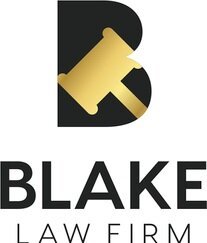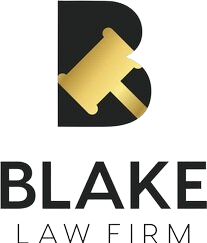MECHANICS LIENS ON LEASED PROPERTY – OWNER LIABILITY FOR TENANT WORK
California’s mechanics lien statutes protect contractors performing work on leased property. This means an owner’s property may be liened against (and possibly foreclosed) even where the owner did not request or contract for the work. The rationale is that the owner’s property was improved by the contractor’s work. While the mechanic’s lien statutes typically favor contractors, the code does provide an avenue for owners to disclaim liability where work is being performed on behalf of a tenant or purchaser. Owners can also utilize lease provisions to protect against a potential lien.
Notice of Non-Responsibility
Where the property owner is not involved in the construction work they can post a “Notice of Non-Responsibility” (“Notice”) to block the contractor’s lien rights. Civil Code section 8444 sets forth the contents for the Notice, and property owners should ensure they comply with each of the requirements, which include a verified signature of an owner, the nature of the owner’s title or interest, the name of the purchaser or lessee under contract, and a statement that the person giving the notice is not responsible for claims arising from the work of improvement.[1] To be effective, the Notice must be both posted and recorded within ten (10) days after the owner has knowledge of the work of improvement.
Under the “participating owner doctrine” a Notice may not protect a property owner from a mechanics lien where they caused the work to be performed. Courts have enforced lien rights where the owner ordered or participated in the work applying the general rationale that the owner benefitted from the work. One court aptly noted that “the notice of nonresponsibility shield is not bulletproof.”[2]
Lease Provisions
Given the practical limitations of a Notice, property owners should ensure that their leases protect against mechanics liens. There are several provisions that a landlord/owner can include in their leases. As a preliminary matter, the lease should contain a “no lien” provision, which obligates the tenant to keep the property free and clear of any liens. A failure to do so would put the tenant in breach. The lease should also require tenants to immediately release any liens in the event one is recorded, as well as permit owners to pay the contractor or bond around the lien and recover the amounts paid from the tenants. The owner’s defense and indemnity rights should also be drafted to cover any potential mechanics lien lawsuits. After the lease is signed, owners may be tempted to meddle or participate in the construction payment process to avoid a potential lien, but caution should be taken so that they do not unintentionally void their Notice of Non-Responsibility.
The foregoing is not intended to be exhaustive, and the information provided above does not, and is not intended to, constitute legal advice. All information, content, and materials are for general informational purposes only and do not create an attorney-client relationship. The experienced and knowledgeable attorneys at Blake Law Firm are available to answer questions and help you navigate your real property issues.
[1] Civ Code § 8444.
[2] Howard S. Wright Const. Co. v. Superior Court (2003)106 Cal.App.4th 314, 321, quoting Diepenbrock et al., Lessor Liability for Mechanics' Liens Under the California Participating Owner Doctrine (1992) 24 Pacific L.J. 83, 97.



